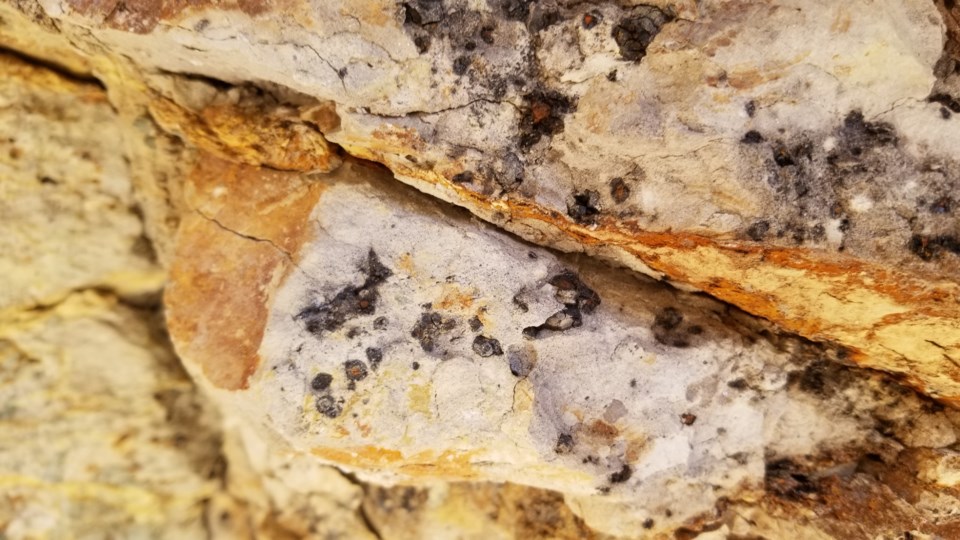Researchers at Canada’s University of Regina are studying how uranium deposits in Saskatchewan’s Athabasca Basin formed more than 1.5 billion years ago to help figure out the best places to look for untapped resources.
“We’re trying to understand the geological factors that control the formation of these deposits so that we know what features we should be looking for to find more uranium resources,” Guoxiang Chi, a geologist working on the project, said in a media statement.
Chi, Ph.D. student, Morteza Rabiei, and colleagues used the Canadian Light Source at the University of Saskatchewan to analyze samples of quartz from areas known to contain uranium and nearby barren regions, the quartz having formed at the same time as the Athabascan uranium ore.
In detail, they sliced the quartz into thin sections and studied the tiny droplets of primordial fluid trapped inside. It was from this fluid, circulating through geological fault lines billions of years ago, that today’s uranium ore formed.
“By getting information about this paleo-fluid and seeing how it is distributed, we can infer where the original uranium came from and what factors control its deposition,” Chi said.
Understanding the conditions under which uranium ore is likely to form can help mining companies know where to look.
Complex results
The results, however, were more complex than expected.
Fluid from ore-bearing areas had high levels of uranium, as expected, but so did the fluid from areas with no uranium ore. On the one hand, that is good news as it means that the uranium-rich fluid is more pervasive than first thought, but it also complicates the search for new deposits.
“We were hoping to see a major difference, but found uranium-rich fluid in both places,” Chi noted. “So, if we want to use it as a guide to locate ore, we’ll have to understand the other factors that control deposition.”
The researcher explained that those other factors likely involve reducing agents that allow precipitation of the oxidized uranium in the fluid.
“Without a reducing agent, you can’t have ore,” he said.
One possible reducing agent is graphite. Its presence is often used by mining companies as a signpost for potential uranium deposits, but the success rate of this approach is low.
In Chi’s view, a more likely reducing agent is methane gas, but that is much more difficult to use as a guide for exploration as it can move around much more easily than solid graphite. A more fine-grained understanding of an area’s geology will be needed to predict whether uranium might be present.
“We have to have a 3D understanding of the structures that control mineralization,” the geologist pointed out. “By taking all of this into consideration, we can improve our predictions and reduce the risk of unsuccessful mineral exploration.”


